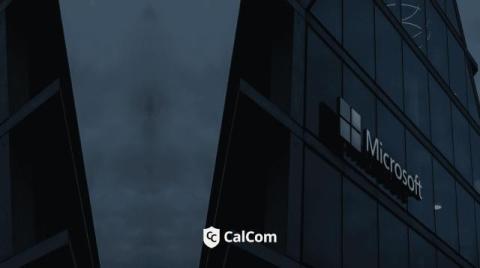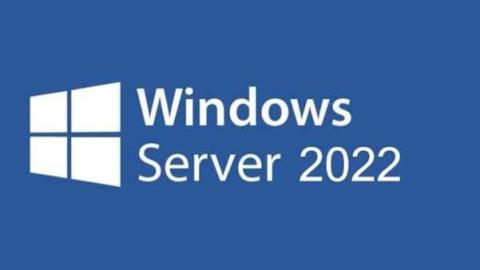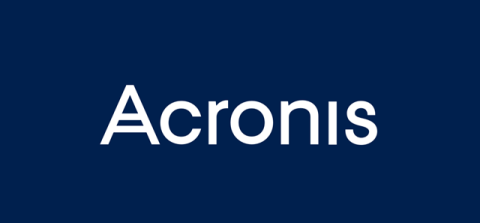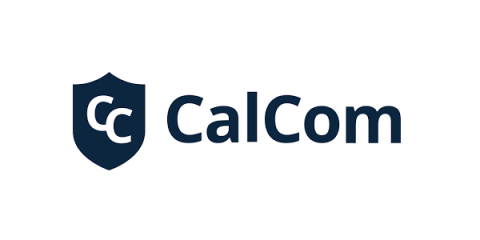Functions in PowerShell Scripts
A PowerShell function is a block of code designed to perform a specific task. Once a function is created and tested, it can be used in multiple scripts, reducing coding effort and risk of errors. Using well-named functions also makes scripts easier to read and maintain. And since functions can return values that can be used as input to other functions or code blocks, they facilitate building complex operations.










